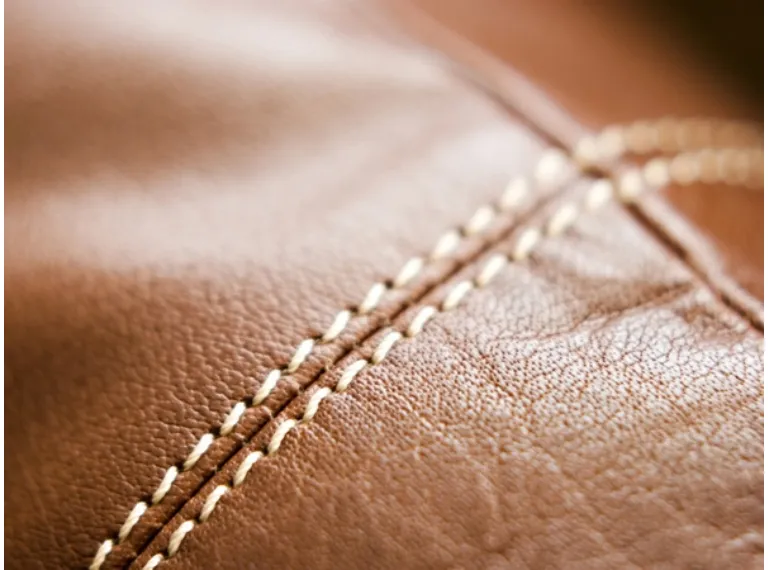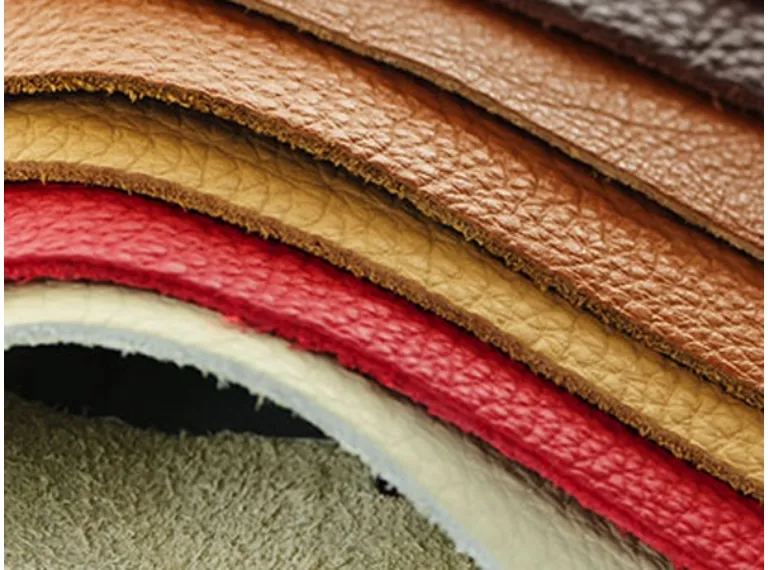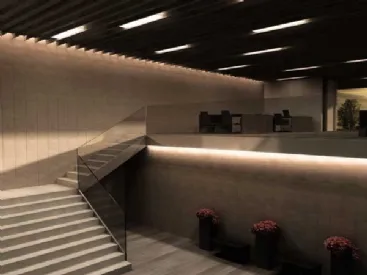Upholstery leather
How can you understand if the upholstery leathers of a sofa, of a complement, of a seat are really of quality? Let's start from the assumption that leather is a natural product with remarkable transpiration and resistance properties. Unfortunately it is often confused with eco-leather which, on the contrary, is a synthetic fabric that exclusively reproduces the appearance of leather, but has completely different qualitative specifications. , do not need any surface retouching treatment of the mantle. The so-called “full grain” leathers are therefore characterized by an absolutely natural look. They are distinguished by the open pore, which can be seen with a lens, which accentuates their beauty and guarantee their naturalness. The benefits of full grain are numerous: first of all a rare ability to improve with aging, a superior elasticity that allows more complex processing, and finally a decidedly remarkable aesthetic result.
Leather for furniture-design
The leathers used in the furniture have bovine origin. Their origin can be from outside Europe or Europe: in the jargon of leather goods manufacturers, the term “exotic” is normally used to indicate leathers of South American or Australian origin. Raw hides undergo washing in large quantities of water which is used to eliminate impurities. Then they are passed through special presses that remove excess water, stretching the mantle. The raw hides are divided into two parts: the most precious and soft outer one is called "flower". The section below is called "crust", less compact and resistant and used for cheap products. The "flowers" obtained with the split undergo a very careful selection: only the best leathers - on average no more than 10 # 37 - are classified as "full grain" and pass directly to the tanning phase without undergoing any surface retouching treatment. Approximately 30 # 37 of less valuable leathers is subjected to selective “buffing” treatment, ie their surface is subjected to abrasion only in the points where scars, cuts and other evident defects are highlighted. Depending on the intensity of the treatment, they will be defined as "retouched flower" or "half flower". The remaining 60 # 37 of the hides are highly defective and are buffed over the entire surface, after which the grain is reprinted with special presses. and the dyeing of fine leathers are performed in special drums, so that the dye can penetrate the entire section: this process is called through dyeing. On the other hand, in cheaper leathers a surface paint is sprayed, and therefore any mark tends to uncover the lighter background of the leather. The last phase of processing is manual and concerns the final touch of the master tanner who will define the touch and all the “design” effects.



